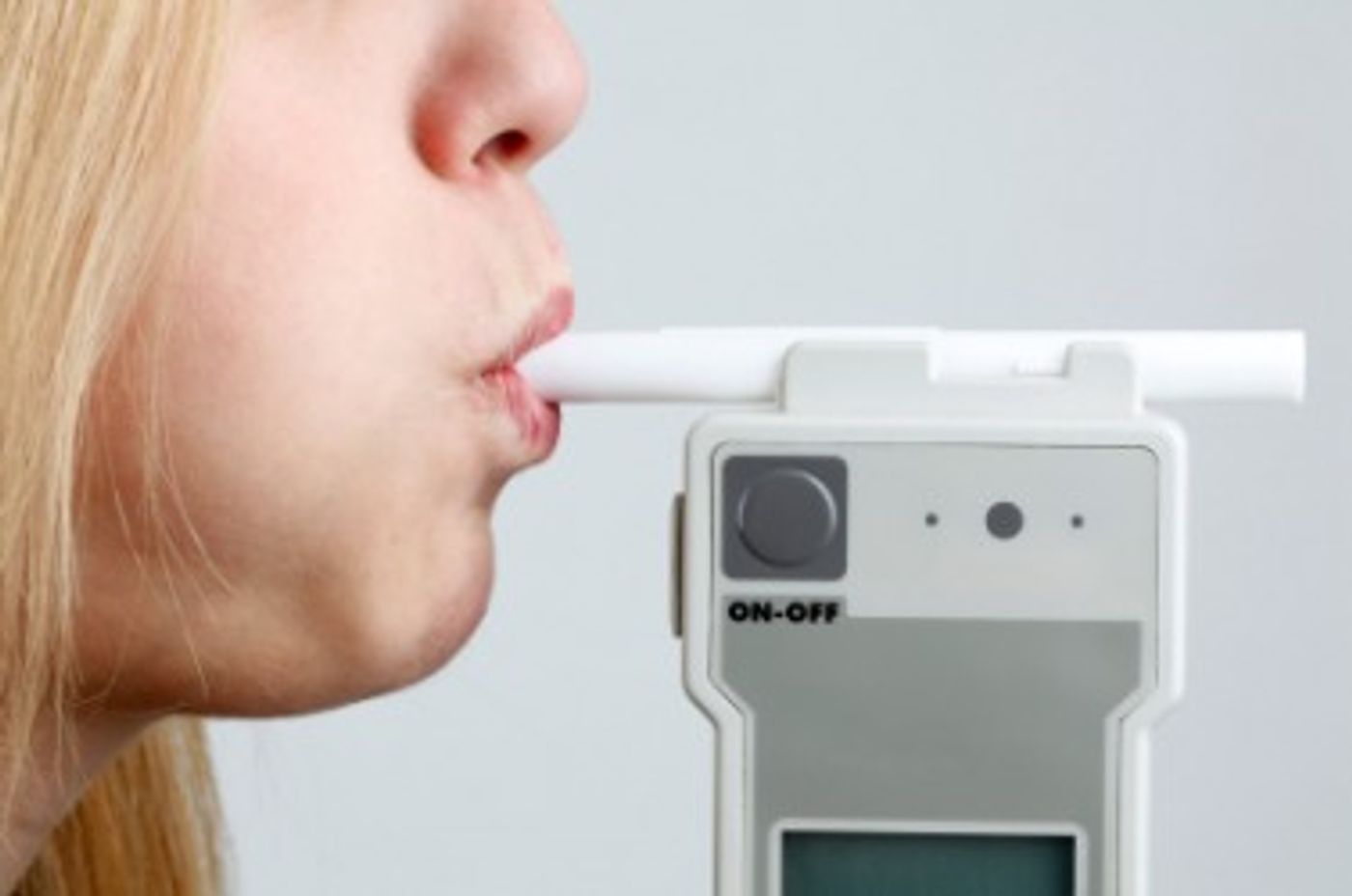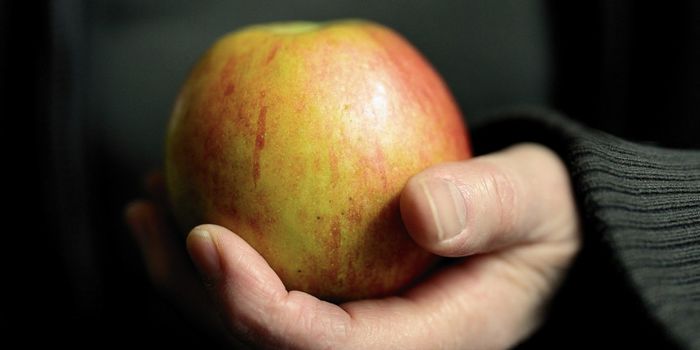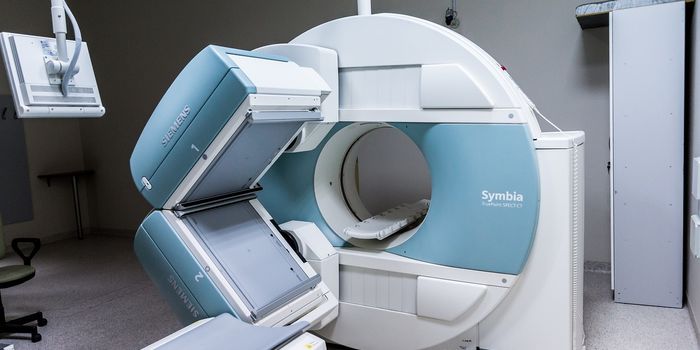F

or patients with diabetes, managing their blood sugar levels requires constant care and vigilance. Now, researchers say a noninvasive and pain-free breathalyzer alternative to finger sticks is in the works, and may be in patients’ hands by the end of 2017.
Diabetes mellitus is one of the most common chronic disorders that is characterized by the body’s inability to regulate blood glucose levels. In diabetes there is a deficiency of insulin – a hormone produced naturally in the body that stimulates the uptake of glucose in the body’s cells, either because beta cells in the pancreas are unable to produce insulin (Type 1 diabetes), or the normal insulin is produced in insufficiently quantities (Type 2 diabetes). Both forms of diabetes require external insulin therapy, as without insulin glucose levels can rise dangerously high and can affect many other cellular functions of the body.
Currently, diabetics monitor their blood glucose with a portable testing meter. While portable and accurate, the device requires a painful finger prick to get a blood sample. Because of the pain involved, some 67 percent of diabetics don’t fully comply with regular self-monitoring as they should. This opens the possibility for complications related to irregular glucose levels.
A noninvasive breathalyzer could be the solution to this non-compliance. "Breathalyzers are a growing field of study because of their potential to have a significant positive impact on patients' quality of life and compliance with diabetes monitoring. What makes our technology different is that it only accounts for acetone and doesn't react with other components in the breath,” said Ronnie Priefer from Western New England University, who co-created the device.
The glucose breathalyzer works by sensing acetone, which is a ketone acid. Levels of ketone correlate directly with insulin levels, and therefore, blood glucose levels.
"We believe this technology will be a great improvement in the lives of people with diabetes," said Priefer. "It is the first non-invasive medical device for detecting and monitoring diabetes by connecting one's acetone levels with their blood glucose. We believe it is a necessary alternative to the finger-prick approach for people living with type 1 and type 2 diabetes."
Presenting their data at the 2016 American Association of Pharmaceutical Scientists (AAPS) Annual Meeting and Exposition, Priefer demonstrated that the device performed well in a blind study of 50 people. That is, the device accurately read the patients’ blood glucose levels by using only their breaths.
Priefer and his team are working to refine the device. Among the tweaks, he hopes to make the breathalyzer much smaller than its current size of a book. Furthermore, the team will need to contend with smokers, who also have high levels of acetones in their breath due to tobacco.
Additional sources:
EurekAlert!
 or patients with diabetes, managing their blood sugar levels requires constant care and vigilance. Now, researchers say a noninvasive and pain-free breathalyzer alternative to finger sticks is in the works, and may be in patients’ hands by the end of 2017.
or patients with diabetes, managing their blood sugar levels requires constant care and vigilance. Now, researchers say a noninvasive and pain-free breathalyzer alternative to finger sticks is in the works, and may be in patients’ hands by the end of 2017.







